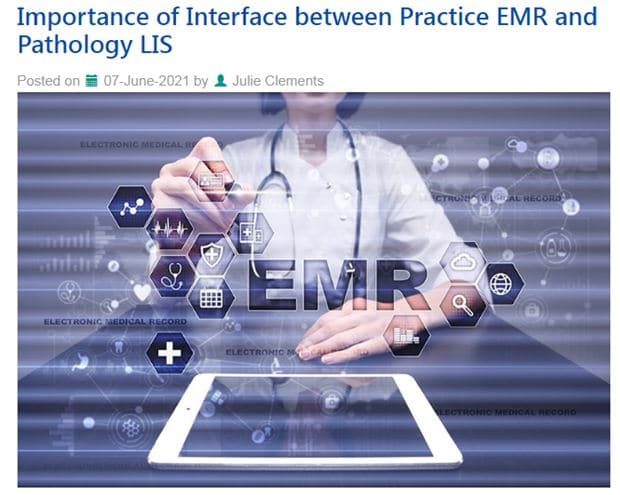 Physicians need to track and maintain records of both new and existing patients. Outsourcing medical transcription is a viable strategy for busy health care providers as it allows them to focus on care instead of time-consuming and distracting EHR data entry. Now a new study says that physician appointment wait times are increasing for new patients. Consulting firm Merritt Hawkins’ study shows that the time taken to schedule a new patient appointment in 15 major metropolitan areas has spiked 30 percent in 2017 compared to 2014.
Physicians need to track and maintain records of both new and existing patients. Outsourcing medical transcription is a viable strategy for busy health care providers as it allows them to focus on care instead of time-consuming and distracting EHR data entry. Now a new study says that physician appointment wait times are increasing for new patients. Consulting firm Merritt Hawkins’ study shows that the time taken to schedule a new patient appointment in 15 major metropolitan areas has spiked 30 percent in 2017 compared to 2014.
To measure the average new patient appointment wait times across the U.S., the study tracked 1,414 physician offices in 15 of the largest cities. It covered five different medical specialties: cardiology, dermatology, obstetrics/gynecology, orthopedic surgery and family medicine. The findings of the survey are as follows:
- 24 days is the new average time to schedule a new patient appointment, higher from 18.5 days in 2014.
- The average time to schedule a new patient appointment had been falling – from 20.5 days in 2009 and 21 days in 2004.
- Boston has the longest wait times, with 52 days being the overall average for a new patient to get an appointment.
- In Boston, patients wait an average 109 days to see a family physician, 45 days to see an obstetrician/gynecologist, 45 days to see a cardiologist and 11 days to see an orthopedic surgeon.
- Dallas had the shortest average wait time of 15 days.
- Averages for other cities were: 37 days in Philadelphia, 28 days in Portland, 28 days in Seattle, 27 days in Denver, and 24 days in Los Angeles.
- In 15 mid-sized metropolitan areas with about 90,000 to 140,000 people, the average wait time was 32 days, 33 percent longer than in the major cities.
- While Yakima, Washington showed the longest average wait time at 49 days, Billings, Montana had the shortest at 11 days.
According to Mark Smith, president of Merritt Hawkins, the spike in physician appointment wait times shows that the nation is experiencing a shortage of physicians.
With fewer physicians treating an ever-increasing number of patients, efficient documentation support such as that provided by medical transcription companies is crucial. Maintaining clear, accurate and legible medical records is necessary for proper treatment and follow-up as well as to ensure a defense against malpractice litigation.
Today, medical transcriptionists provide timely, error-free customized EHR documentation support for different specialties. In fact, their comprehensive support has made it easier for physician practices, clinics and hospitals to transition easily from manual record-keeping to electronic medical records (EMRs). EMR-integrated medical transcription services allow physicians to effectively maintain, track and access new and existing patient records.
Medical records have come a long way from being stacks of paper files to a critical requirement for meeting federal regulations, proper claim submission and reimbursement, and medico-legal compliance. With increasing appointment wait times exacerbating matters, partnering with a reliable medical transcription company is the best strategy for physicians to manage the records of new and existing patients.


